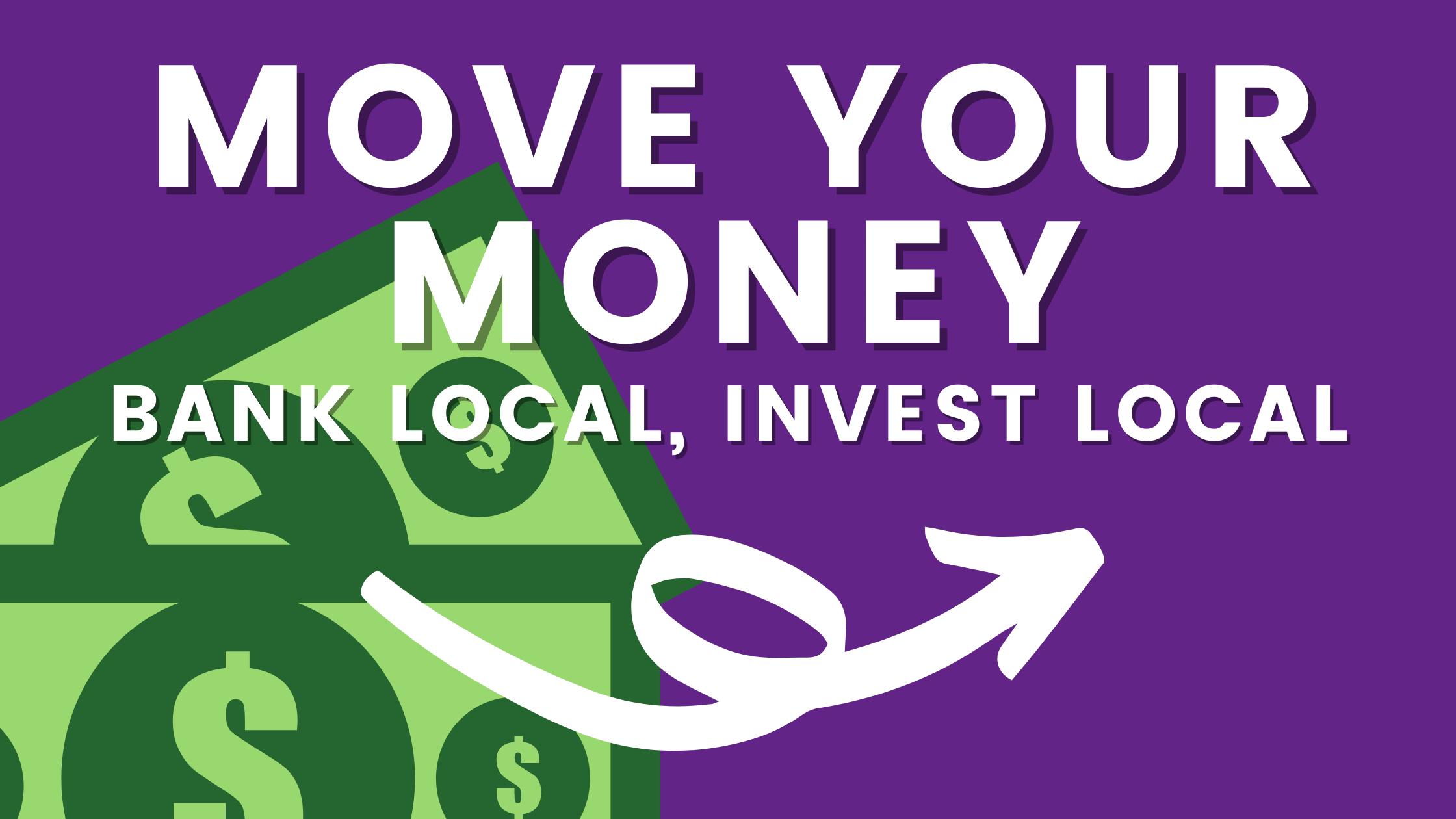By Michael H. Shuman, AMIBA Board of Directors
Thank you, Silicon Valley Bank, for going belly up just as we at AMIBA prepared for Move Your Money Month in April. Seriously, we worried that this slogan, popularized during the 2008 financial meltdown by Occupy Wall Street, might have lost its relevance. But here we are, once again, reminded that the global financial system is too complex, too opaque, and too risky. The solution—as we learned fifteen years ago—is to embrace a localized financial system that is more simple, transparent, and safe.

According to the Federal Reserve’s most recent edition of Financial Accounts of the United States, released two weeks ago, at the end of 2022, U.S. households and nonprofits held just over $18 trillion in banks in the form of deposits, checking accounts, savings accounts, and money market funds. That’s a lot of money—almost as large as our gross domestic product (GDP).
But it’s nothing compared to the other securities we hold. Also, at the end of 2022, Americans held $26 trillion in stocks, $10 trillion in mutual funds, $30 trillion in pension funds, $5 trillion in bonds, and $2 trillion in life insurance funds. That comes to $71 trillion of investment. And about 99% of that investment was in publicly traded securities on Wall Street.
As we prepare to celebrate April Fools Day, we should remind ourselves that we are fools for continuing this self-destructive behavior. Why keep a penny in large banks when studies have shown that the probability of a dollar put on deposit being lent to a local business is three times greater if that deposit is in a local bank or credit union? And why are we systematically investing our life savings in publicly traded companies rather than in the local businesses we know are essential for community well-being?
Spring is a time of renewal—and we should remind ourselves that it’s in our capacity to renew our communities economically with three specific strategies to move our money.
Bank Local – Many well-meaning pundits have advised people to leave mid-sized banks for big ones. Please ignore them. Yes, big banks are safer but not as safe as community-owned and controlled banks and credit unions. If you really want safety and put your money to work in your own backyard, do as much of your banking locally as possible.
Invest in Yourself – If you are in credit card debt, the best investment you can make—now paying 25-30% per year (in avoided interest)—is in paying it off. Don’t get sucked into IRAs or 401ks while you are in debt. You can also invest in your kids to get them out of educational loan debts. And you can invest in solar. My wife and I just made a killing by using our tax-deferred, solo 401k savings to put photovoltaics on our roof and disconnect from our scandalously profiteering local utility.
Move 1% into Local Business – In the six years since investment crowdfunding has been legalized, about 1.5 million Americans have put nearly $2 billion into more than 6,000 companies. The average successful crowdfunding company is raising nearly $400,000. And among the most successful crowdfunding entrepreneurs are women and people of color historically overlooked by capital markets. How about moving one percent of your life savings into local businesses, nonprofits, and real estate projects?
 In the coming years, all kinds of new local investment opportunities will emerge: in public banks like North Dakota’s, in local investment funds, and in municipal bonds supporting things like affordable housing and circular economies. (If you want to keep track of these developments, I publish a free, bi-weekly newsletter called The Main Street Journal.)
In the coming years, all kinds of new local investment opportunities will emerge: in public banks like North Dakota’s, in local investment funds, and in municipal bonds supporting things like affordable housing and circular economies. (If you want to keep track of these developments, I publish a free, bi-weekly newsletter called The Main Street Journal.)
Over the coming weeks, AMIBA will publish articles about how to take advantage of these strategies for localizing our money. Today’s banking crisis is a nasty reminder that those who fail to invest locally are taking a huge risk. We now have a chance to protect our life savings by investing closer to home—and we may not get another.

